 The MAY 2016 MTS Houston Section luncheon will be held on May 26 2016 and will feature a presentation by Cory Weinbel, Senior VP Development Projects, Venari Resources. Mr. Weinbel will discuss Improving Deepwater Project Outcomes through Enhanced Collaboration.
The MAY 2016 MTS Houston Section luncheon will be held on May 26 2016 and will feature a presentation by Cory Weinbel, Senior VP Development Projects, Venari Resources. Mr. Weinbel will discuss Improving Deepwater Project Outcomes through Enhanced Collaboration.
The current low oil-price environment makes the safe and efficient execution of Deepwater Projects more important than ever as companies look for ways to grow with decreasing project resources. The Oil & Gas industry has traditionally used partnerships to spread the cost burden and reduce risks associated with large projects but in general has not fully taken advantage of the resources and synergies offered by greater involvement of Partners in the Deepwater Development. This presentation uses Cory Weinbel’s experience as well as examples from the Deepwater Oil & Gas industry and other industries to characterize the enhanced collaboration mechanisms and show the tangible benefits and the limited downside to embracing and more-effectively exercising this collaboration. While the changes required for enhancing collaboration are simple, straightforward, and common-sense, they will require many companies and their employees to embrace a new cultural paradigm. The benefits to our industry can be significant and potentially include reduced project costs and schedules, standardization of key technical elements, and the training of new generations of project personnel.
About the Speaker
Cory Weinbel joined Venari Resources in October 2015 to oversee and influence the various deepwater development projects in which the Company is involved. He has more than 30 years of broad industry experience focused primarily on Project Development and Project Execution. The past ten years have been spent in the leadership of teams in execution of diverse oil & gas development activities including the Mozambique Offshore Gas and LNG Mega Project, the Jubilee (Ghana) Offshore Oil Production mega-project, and onshore EOR Development Projects for companies Anadarko Petroleum and Denbury Resources.
Mr. Weinbel spent over seven years working for Helix Energy Solutions Group as Deepwater Project Manager and General Manager of Production Facilities where he spear-headed the development of the first ship-shaped disconnectible oil production unit in the Gulf of Mexico at the Phoenix Development. His work has allowed him to work on multiple types of deepwater floating production units including Spars (Gunnison), TLP’s (Marco Polo), Semisubmersibles (Independence Hub), and Ships/FPSOs (Phoenix, Jubilee.)
Earlier in his career, Mr. Weinbel worked as a project engineer/project manager for Kvaerner Oil & Gas, Kerr-McGee Oil & Gas, and Kerr-McGee Chemical. Cory holds a Master of Science degree in Metallurgical Engineering and Bachelor of Science degree in Materials Engineering from Columbia University School of Engineering and Applied Science.
UPCOMING MTS HOUSTON PRESENTATIONS AND EVENTS
April 28, 2016 – Delayed P&A Through Improvements in Oil Cut for Mature Facilities – Michael Pavia, CTO, Glori Energy
May 26, 2016 – Improving Deepwater Project Outcomes through Enhanced Collaboration, Cory Weinbel, Senior VP Development Projects, Venari Resources
June 23, 2016 – Search for MH370 Survey, Strategy and Technology, Edward J Saade, President Fugro (USA)
July 28, 2016 – Annual Golf Tournament – Black Horse
August 25, 2016 – Stampede Development Update, Stephen Whitaker, Director, HESS


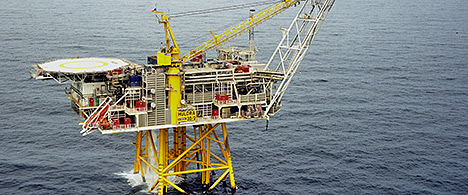 Hereema Marine Contractors Nederland SE will remove the platform and transport it to shore, while AF Offshore Decom AS has been awarded the contract for disposal and recycling of the platform.
Hereema Marine Contractors Nederland SE will remove the platform and transport it to shore, while AF Offshore Decom AS has been awarded the contract for disposal and recycling of the platform.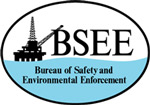 Secretary of the Interior Sally Jewell and Director of the Bureau of Safety and Environmental Enforcement Brian Salerno have announced final well control regulations to reduce the risk of an offshore oil or gas blowout that could result in the loss of life, serious injuries or substantial harm to the environment. The regulations represent one of the most significant safety and environmental protection reforms the Interior Department has undertaken since Deepwater Horizon, and builds upon a number of reforms instituted over the last six years to strengthen and modernize offshore energy standards and oversight.
Secretary of the Interior Sally Jewell and Director of the Bureau of Safety and Environmental Enforcement Brian Salerno have announced final well control regulations to reduce the risk of an offshore oil or gas blowout that could result in the loss of life, serious injuries or substantial harm to the environment. The regulations represent one of the most significant safety and environmental protection reforms the Interior Department has undertaken since Deepwater Horizon, and builds upon a number of reforms instituted over the last six years to strengthen and modernize offshore energy standards and oversight.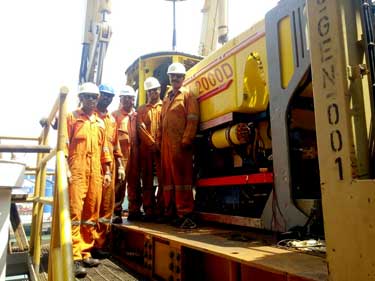
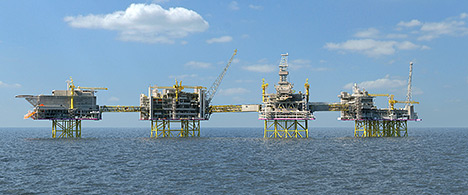 Johan Sverdrup platform. Credit: Statoil
Johan Sverdrup platform. Credit: Statoil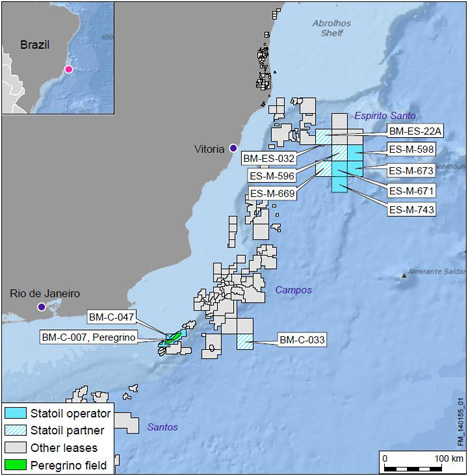
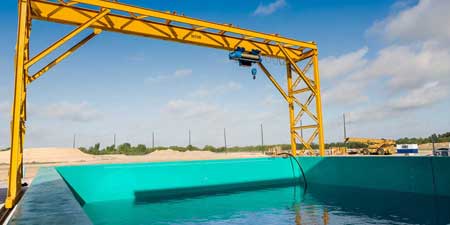 Seanic Ocean Systems Inc. (Seanic)
Seanic Ocean Systems Inc. (Seanic)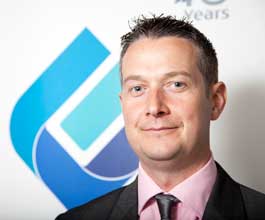 John Anderson, Exceed commercial director
John Anderson, Exceed commercial director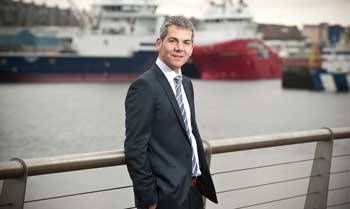 Fraser Moonie, chief operating officer of Bibby Offshore
Fraser Moonie, chief operating officer of Bibby Offshore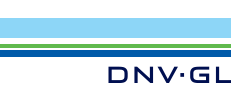 In a period of cost constraint and increasingly complex oil & gas production, finding solutions that increase efficiency and production has never been more important. To address the industry’s need for smart solutions that reduce complexity,
In a period of cost constraint and increasingly complex oil & gas production, finding solutions that increase efficiency and production has never been more important. To address the industry’s need for smart solutions that reduce complexity, 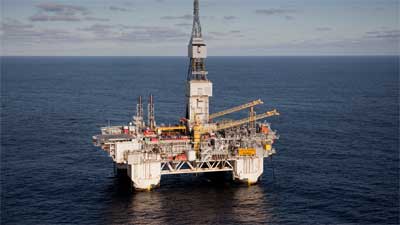 Aker Solutions'
Aker Solutions'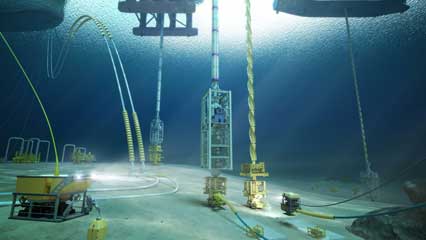 Materia’s Proxima® resin technology delivers a broad range of products that increase reliability and performance for high pressure, high temperature applications in deepwater oil and gas exploration and production.
Materia’s Proxima® resin technology delivers a broad range of products that increase reliability and performance for high pressure, high temperature applications in deepwater oil and gas exploration and production.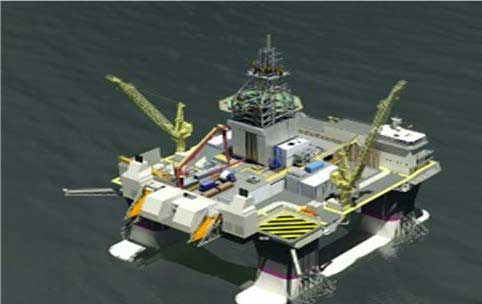 Songa Offshore
Songa Offshore Aker Solutions
Aker Solutions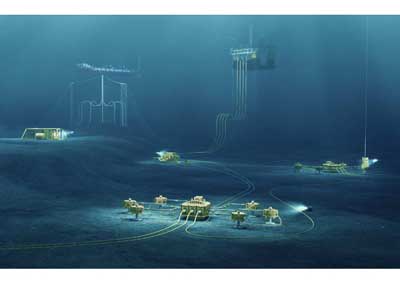 Subsea illustration Credit: DNV GL
Subsea illustration Credit: DNV GL The MAY 2016
The MAY 2016  Photo credit: BSEE
Photo credit: BSEE